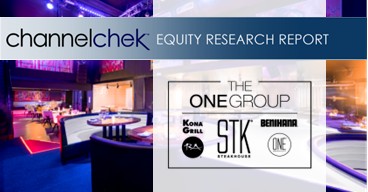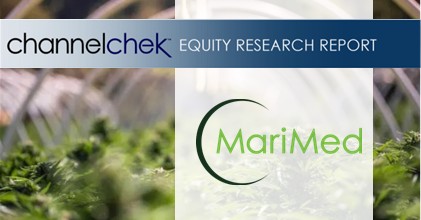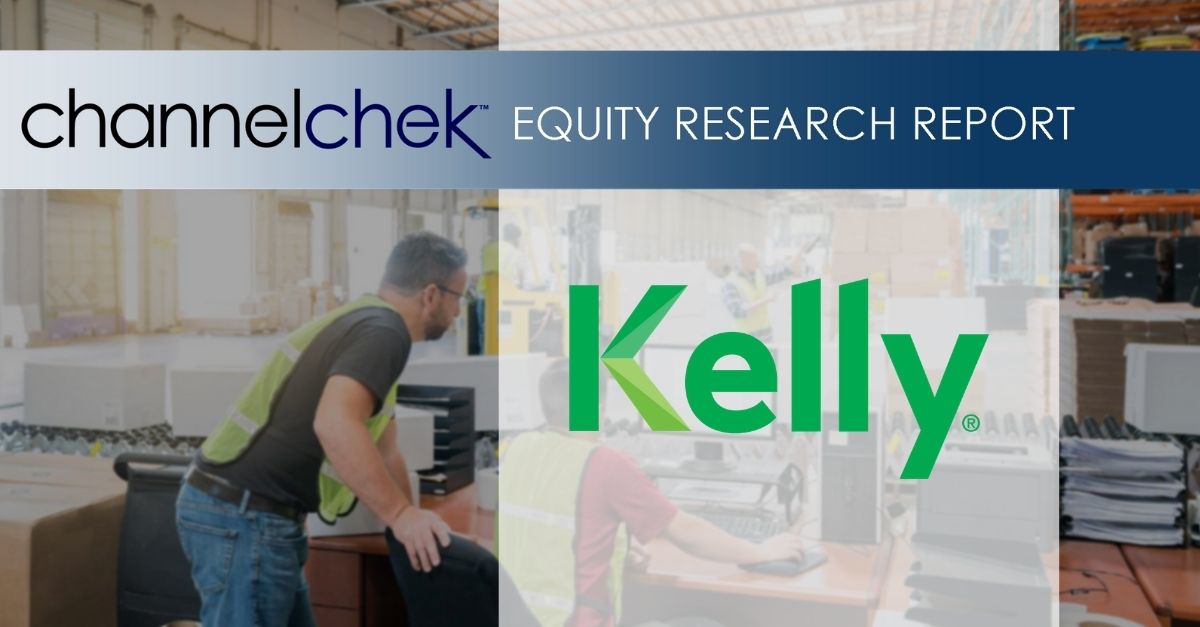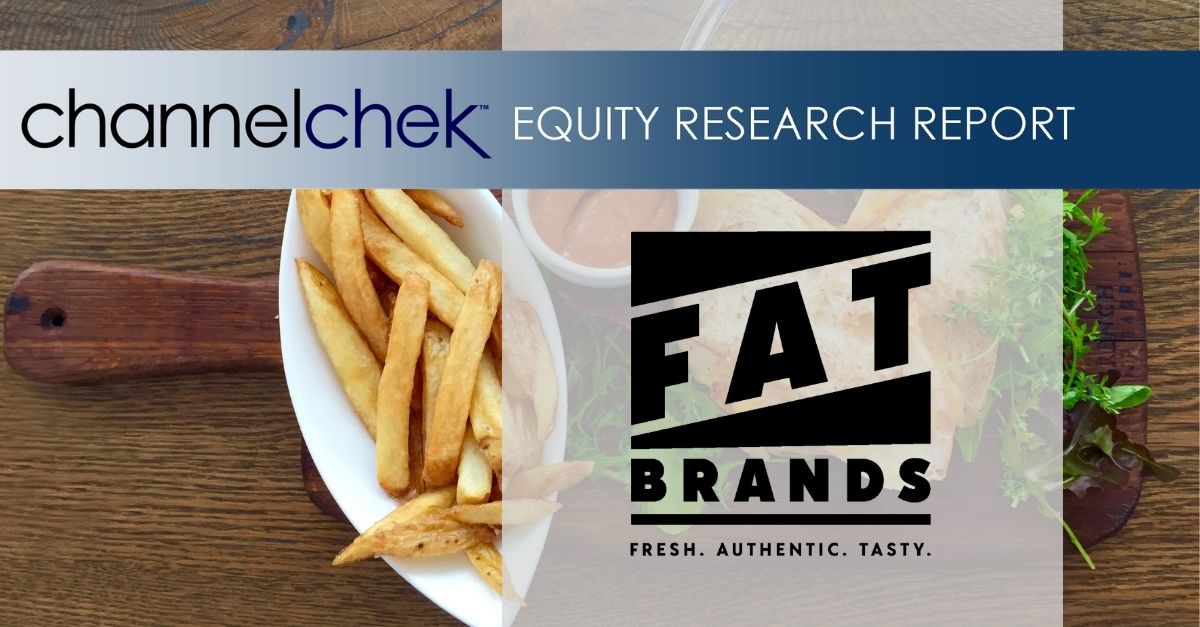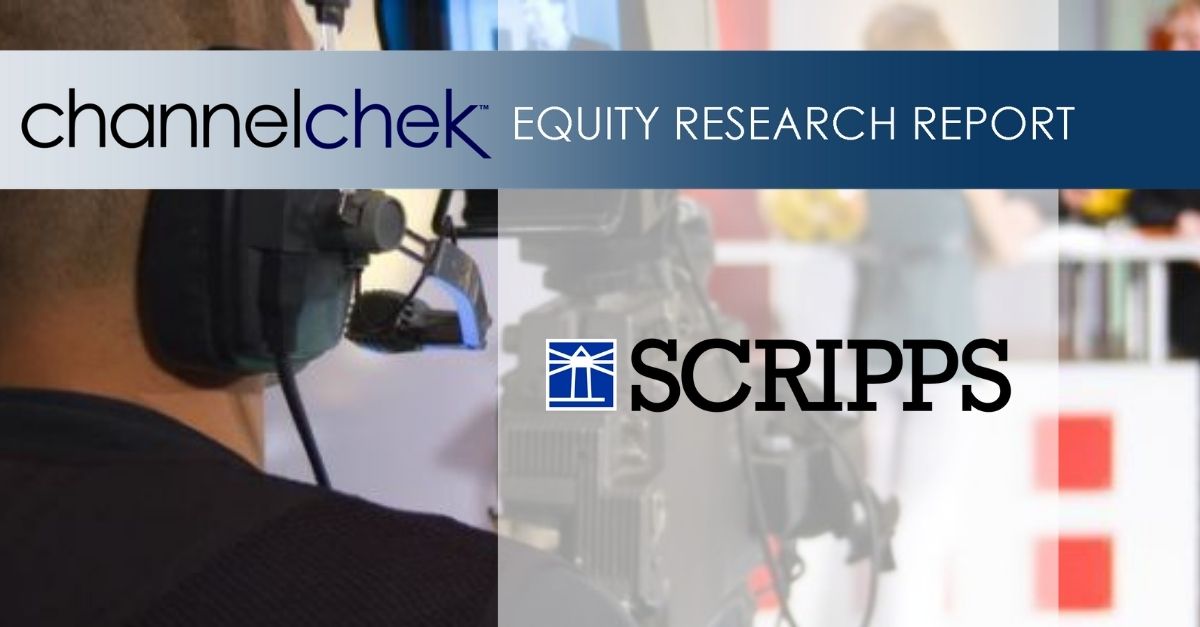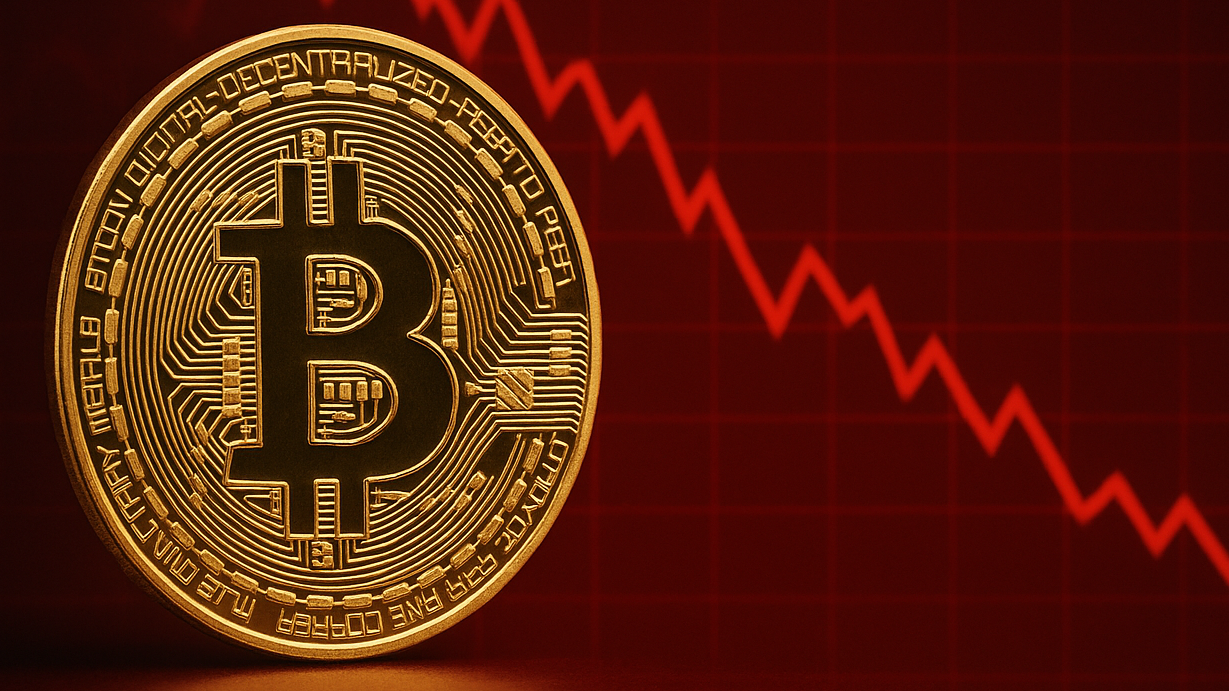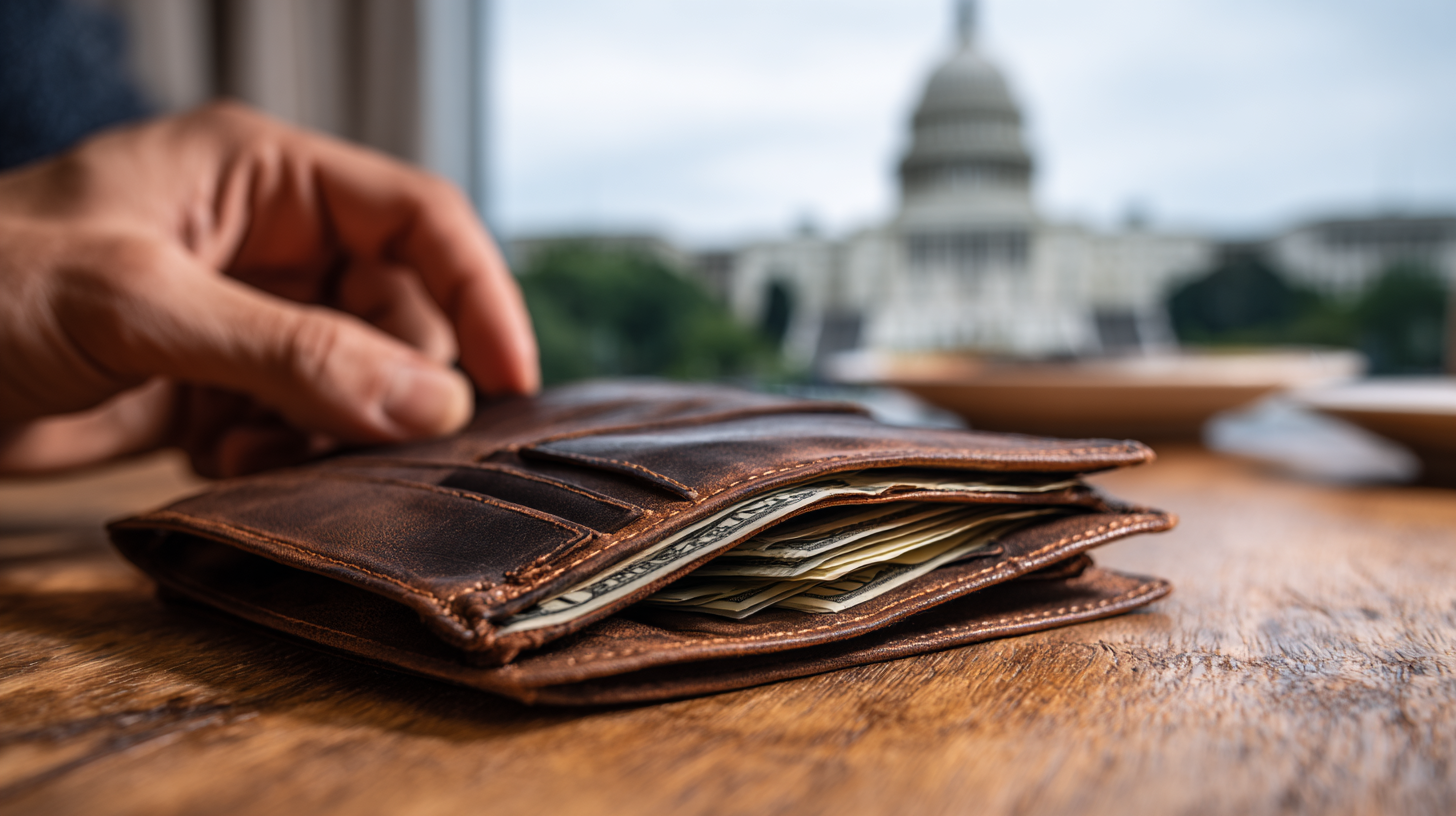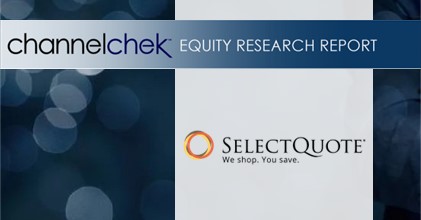Rumble Inc. announced plans to acquire Northern Data AG, a European leader in artificial intelligence and high-performance computing infrastructure, marking a transformative moment for the company’s growing cloud division. The agreement represents a bold step in Rumble’s “Freedom-First” vision—an initiative centered on building technology that prioritizes privacy, independence, and resilience over centralized control.
Under the terms of the deal, Rumble will launch a voluntary public exchange offer to Northern Data shareholders, granting them newly issued Rumble shares in return. Once completed, the transaction will give Rumble access to one of Europe’s largest GPU fleets—approximately 22,000 Nvidia units, including the latest H100 and H200 chips—and a globally distributed network of data centers. This infusion of infrastructure will allow Rumble to expand its cloud services dramatically while strengthening its foothold in the global AI ecosystem.
The acquisition also accelerates Rumble’s international growth strategy, extending its reach beyond North America into major European markets such as Germany, Sweden, Norway, Portugal, the Netherlands, and the United Kingdom. Northern Data’s energy-efficient data centers and liquid-cooled GPU technology will provide Rumble with a strong foundation to compete in high-performance computing and AI training at scale.
A major backer of the deal is Tether, which made a $775 million strategic investment in Rumble earlier this year. Tether’s continued involvement underscores the growing alignment between decentralized finance and digital infrastructure, and the company is expected to serve as a key customer following the transaction’s completion. Together, Rumble, Northern Data, and Tether aim to form a vertically integrated AI ecosystem designed to challenge the dominance of established technology giants.
In addition to its infrastructure assets, Northern Data brings expertise in managing complex compute operations and optimizing power efficiency—critical advantages as demand for GPU-based AI processing surges worldwide. The company’s Maysville, Georgia facility alone is expected to deliver up to 180 megawatts of capacity once complete, contributing significantly to Rumble’s total data center output.
Beyond scaling capacity, Rumble expects the acquisition to fuel innovation across its video, creator, and advertising businesses. Access to advanced AI hardware will accelerate the company’s efforts to integrate machine learning into content delivery, recommendation systems, and advertising solutions. The move also supports Rumble’s broader ambition to develop complementary services such as AI chatbots, cloud productivity tools, and financial applications under the Rumble Wallet brand.
The exchange offer is expected to close in the second quarter of 2026, pending regulatory approvals. Northern Data shareholders will own roughly 30% of the combined company after the transaction, reflecting the strategic significance of the merger. Once finalized, Northern Data plans to delist its shares, with no separate offer required since it is not traded on a regulated market.
For Rumble, the acquisition represents far more than an infrastructure upgrade—it signals an intent to redefine how technology infrastructure is built and governed. By merging AI computing power, distributed data networks, and financial independence, the company aims to create a sustainable foundation for a new era of digital freedom.

